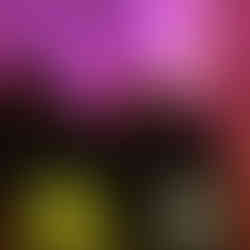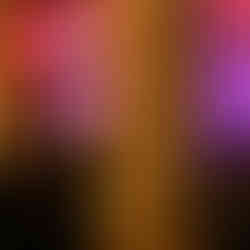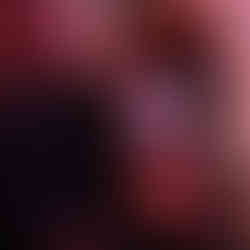/prɒkˈsiːmɪks/
- Lukas Avėnas
- Mar 13, 2018
- 2 min read
I participated in the exhibition as one of the artists. In an interesting coincidence I presented my personal work on chronemics and then an art project about proxemics in a single week.
This exhibition presents five projects as five collective identities, which uncover the present relationship between consumers/creators and media. Various (conflicting) states and concepts of media meet here: fortune–tellers, virtual “telephone” identities, interactions with the beyond and subconscious world, impacts of media on the deepest corners of personal spaces. The projects invite to join in, to take part and to disconnect from the daily information flow; from intimate opening up and disclosure to refinement and purification – such media roles come to light as a result of visitor interaction with objects and processes in the exhibition space. 25 young artists, architects, designers, cultural managers and art critics present their research and invite to experience their own as well as your personal territories and their boundaries. Just like many others, this exhibition is an expression of non–verbal communication in the space. Non–verbal communication can be defined by 5 aspects: semiotics (the language of signs), kinesics (body language), haptic (the touch), chronemics (time) and proxemics. Although one might observe all of the above aspects here, the exhibition artists are focussing solely on proxemics – the way individuals define their personal space (territory) through their relationship with the space and specific objects. Which distance is considered intimate and which is appropriate in communication among friends or colleagues? How media alters our understanding of communication space? Which media exists without technology? These questions turn this exhibition into a tool for research, connecting artists’ ideas with the specific location of the space as well as with its tensions. * Proxemics: 1) Sociology, Psychology. the study of the spatial requirements of humans and animals and the effects of population density on behavior, communication, and social interaction. 2) the study of the symbolic and communicative role in a culture of spatial arrangements and variations in distance, as in how far apart individuals engaged in conversation stand depending on the degree of intimacy between them. Participants: Lukas Avėnas, Evelina Dapkutė, Jovita Laurukėnaitė, Ignas Pavliukevičius, Karolina Sadlauskaitė, Beatričė Umbrasaitė, Žilvinas Bražukas, Milda Karpavičiūtė, Liucija Kuchalskytė, Lina Virgailytė, Gintaras Zinkevičius, Simonas Palovis, Ieva Sinickaitė, Paulina Ružauskaitė, Kornelija Maslovaitė, Greta Skamaročiūtė, Gabrielė Kunevičiūtė, Marija Pulokaitė, Kazimieras Brazdžiūnas, Justina Muščinskaitė, Kristė Hincaitė, Dovilė Gecaitė, Milda Skukauskaitė, Gintarė Volosenko, Donatas Linkus Moderator: Vytautas Michelkevičius This exhibition was conceived during the “Media Theory and Practice” course at Vilnius Academy of Arts. It involved collaboration of MA students from over 10 various theory and practice disciplines. Exhibition opening with sound by Kazius Minimaliai The event is organised by Lithuanian Interdisciplinary Artists’ Association in collaboration with Vilnius Academy of Arts. Sponsors: Lithuanian Council for Culture and the Ministry of Culture of the Republic of Lithuania. Project space “Sodų 4” Sodų Str. 4, Vilnius www.letmekoo.lt/sodu-4
Industrial designer, sometimes artist, sometimes graphic designer. Find more projects at my portfolio: lukasavenas.com


















































Comments